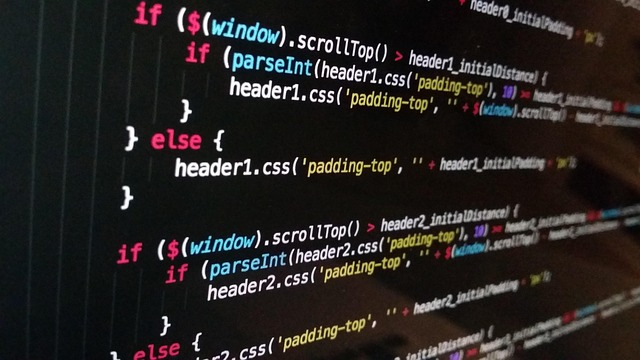Web Development Degree: Curriculum, Skills, and Career Paths
A web development degree offers structured training in designing, building, and maintaining websites and web applications. Students learn both front-end and back-end techniques, core computer science concepts, and industry workflows. This degree bridges practical coding skills with broader theoretical knowledge in software design, user experience, and the technology that powers online services, preparing graduates for a range of roles in the digital economy.

What does a web development degree cover?
A typical web development degree combines hands-on projects with theoretical instruction. Courses often include HTML, CSS, JavaScript, responsive design, server-side frameworks, databases, version control, and deployment practices. In addition to specific web topics, programs may cover algorithms, data structures, networks, and software engineering principles. Many degrees incorporate collaborative projects, code reviews, and portfolio development so students can demonstrate practical experience. Electives might include mobile development, web security, or cloud fundamentals, giving learners options to tailor their studies toward particular interests in the web ecosystem.
How does coding fit into the curriculum?
Coding is central to a web development degree and is introduced early and frequently throughout the program. Students write code for front-end interfaces, back-end services, and full-stack applications, learning best practices like modular design, testing, and debugging. Labs and assignments emphasize readable, maintainable code and collaborative tools such as Git. In-class coding is usually supplemented by capstone projects or internships that require building functioning websites or apps. This repeated practice strengthens problem-solving skills and helps students translate theoretical knowledge into real-world solutions using modern development toolchains.
Which programming languages are commonly taught?
Programs typically teach a mix of languages suitable for web development: JavaScript is foundational for front-end work, while languages such as Python, Ruby, PHP, Java, or C# are common for server-side programming. SQL and NoSQL query languages cover database interactions. Emerging stacks like Node.js (JavaScript server-side) and frameworks such as React, Vue, or Angular often appear in coursework. The emphasis is less on memorizing every language and more on understanding concepts—syntax differences aside—that transfer across languages, enabling graduates to learn new programming tools as technology evolves.
What to expect from the education structure?
Expect a mix of lectures, lab sessions, group projects, and assessments. Many programs balance theoretical courses (algorithms, systems, human-computer interaction) with applied labs for building websites and web services. Assessment formats include coding assignments, project demos, written exams, and peer reviews. Degree programs may be offered on-campus, online, or in hybrid formats to accommodate working students. Internships, industry partnerships, and portfolio requirements are common components that help bridge academic learning with employer expectations, giving students concrete artifacts to present when pursuing jobs or freelance work.
How does technology shape career outcomes?
Technology choices in coursework influence the types of roles graduates pursue. Exposure to modern frameworks, cloud services, and DevOps practices prepares students for positions like front-end developer, back-end developer, full-stack developer, or web engineer. Understanding accessibility, performance optimization, and security practices also opens roles in UX-focused development and site reliability. A degree can make it easier to demonstrate structured learning and teamwork experience, but technology shifts rapidly—continuous learning, community engagement, and personal projects remain important for long-term career growth in web development and related fields.
Conclusion
A web development degree lays out a coherent pathway to learn core skills in web architecture, coding, and software practices while offering flexibility to specialize. Students gain practical experience through projects and collaborative workflows and develop transferable programming and problem-solving abilities. Because web technologies evolve, graduates benefit from a mindset of continual learning and hands-on practice—combining formal education with ongoing self-directed study and real-world projects to sustain a career in this technology-driven area.






